IT was called the jihadi capital of Europe, the disadvantaged, disengaged suburb of Brussels that harboured the terrorists who attacked France and Belgium.
But a year after the attacks on Belgium soil, suburban Molenbeek is fighting back, refusing to be defined by the evil minority that blackened the name of their suburb.
Residents in this gritty northwest district, just 20 minutes’ walk from the tourist hub of Brussels’ old town, are working to make Molenbeek’s young people resistant to the siren call of jihadi recruiters.
“We try to get to them, to help them think they are not worth nothing, they can do something with society,’’ says Nabil Fallah, a young Muslim man born and raised in Molenbeek, who volunteers with local youth.
“It’s not just work but they can do something, and there are things here for them.’’
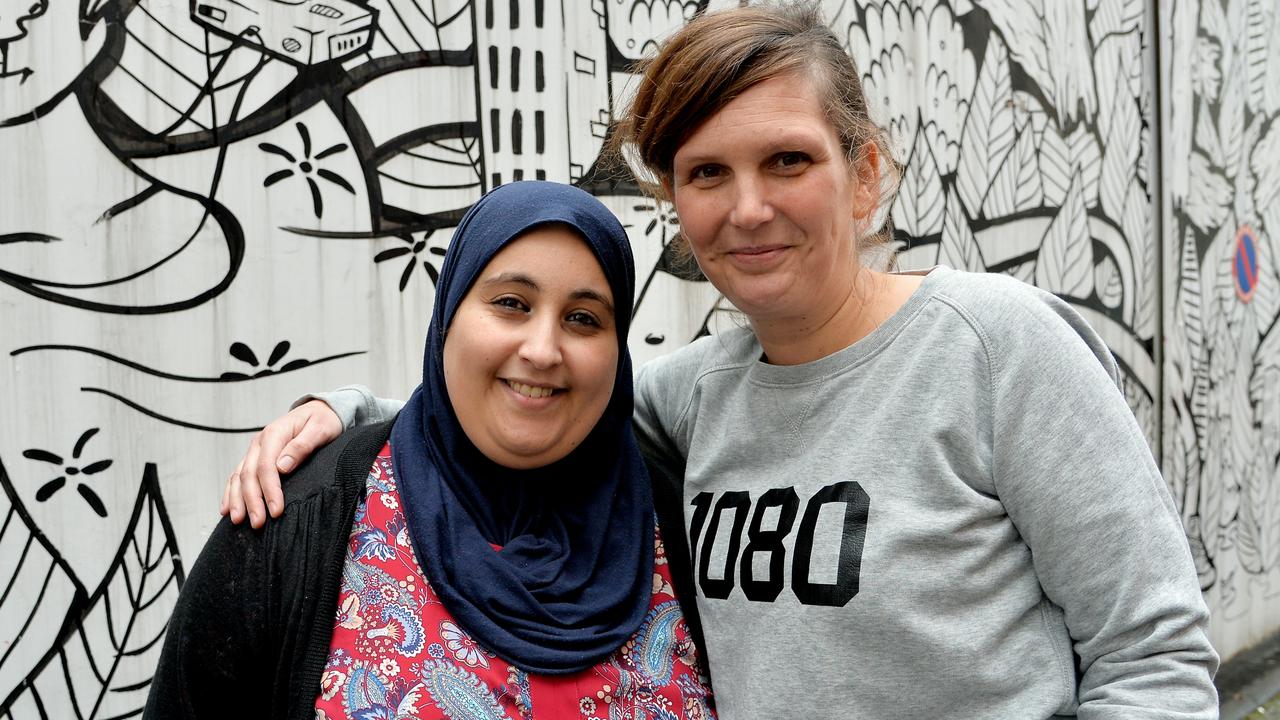
WAKE-UP CALL
Aziza El Miamouni is a mum, a Muslim, and a Molenbeek community activist who is helping fight radicalisation by reaching out to isolated families, and drawing them in.
Like most residents there, El Miamouni was horrified when she found out how deep the links between the terror attacks and her adopted suburb were.
The mastermind of the Paris terror attacks which killed 130 people in November 2015, Abdelhamid Abaaoud, lived there before travelling to Syria, emerging to lead the bombing and shootings across Paris.
Two of his fellow attackers, brothers Brahim and Salah Abdeslam, ran a bar in Molenbeek.
Brahim blew himself up in Paris but Salah escaped, and was arrested in dramatic scenes in Molenbeek in March last year.
Days after his arrest, bombings at Brussels airport and a metro station in the city on Tuesday, March 22, killed 32 people.
Mohamed Abrini, the alleged “man in the hat’’ accused of taking explosives to the airport but fleeing before he detonated them, was from Molenbeek.
All up, 14 of the people involved in the two interconnected attacks had links to Molenbeek.
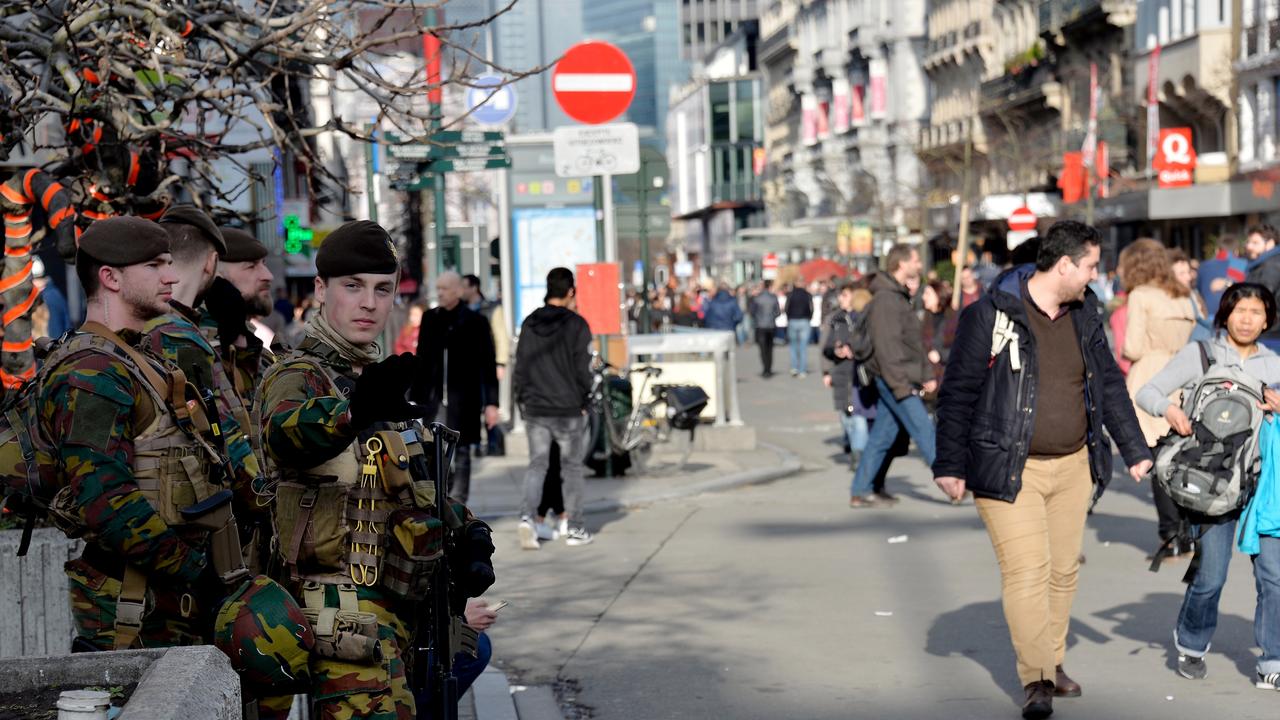
FIRST LINE OF DEFENCE
In the wake of the attacks and the arrests, El Miamouni and her friend Malika Aberkane, another
Muslim mum, decided to take action and try to draw isolated families, some of whom were vulnerable to jihadist recruits, closer to the community.
“It was a painful period for the people — the attacks came from our neighbourhood and we didn’t see it coming,’’ El Miamouni told News Corp.
“We never thought the youngsters of our neighbourhood would be so vile to do those sorts of things.
“We started talking to our neighbours and we found that there was shame. Everyone was ashamed.
No one wanted to talk about it. That hurt as well.’’
In the days and weeks following the arrests and attacks, the community tried to rally — there were candlelight vigils, and public renunciation of terrorist acts.
But the mums knew vigils and well-meaning speeches wouldn’t change the deep-seated problems.
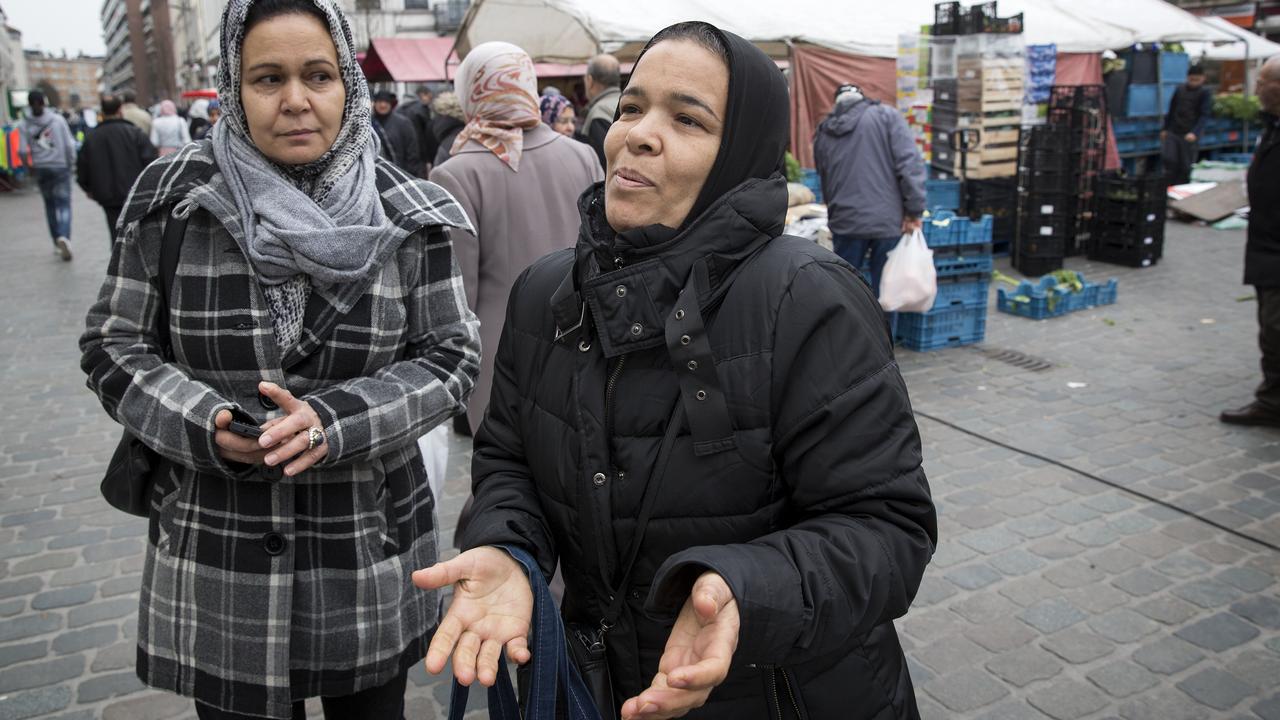
MOBILISING RESISTANCE
The women went to Rotterdam in Holland to look at how community organisations were working there, and together they formed the Wijkacademie, or Neighbourhood Academy.
The volunteer group does outreach work, connecting isolated families with community services, health groups and support networks to get them better engaged, and make their kids less vulnerable to recruiters who tell them seductive lies about a better life fighting for the terror group Islamic State in Syria.
“If you’re at the point where you want to leave (to join Islamic State in Syria) you are really at a low point, on the margins of the community. A lot of parents didn’t know or see their children were living a double life,’’ El Miamouni said.
The academy mums — sometimes up to 20 of them at the weekly meetings — hold events in parks and go door-to- door in the social housing blocks that make up 90 per cent of Molenbeek’s homes.
“The aim is to reach the families not yet reached by the organisations,’’ El Miamouni said.
“They feel isolated, their self-esteem is low. They want to gain confidence. We went to the blocks and the parks and we talked.’’
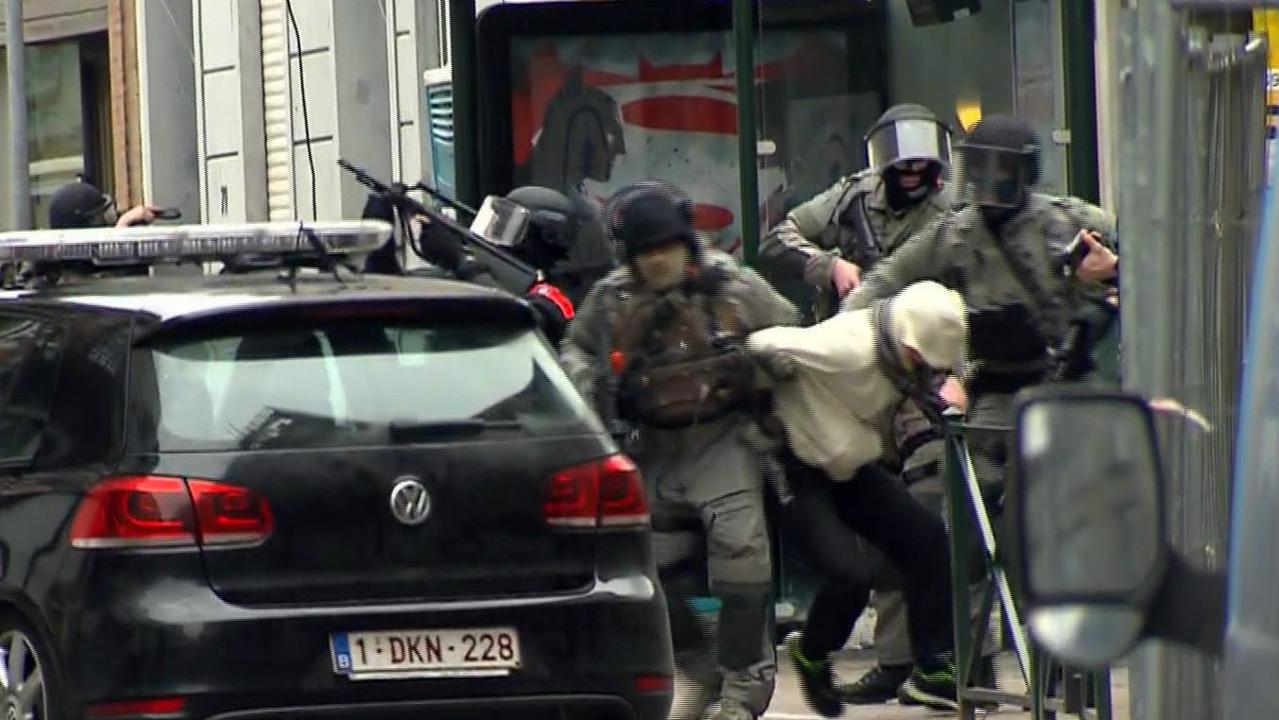
LIFE ON THE EDGE
Life’s journey in Molenbeek has never been an easy ride. Home for decades to migrants and those just starting out, the suburb attracted an unsavoury reputation, fuelled by poverty, high youth unemployment, drugs and crime.
With more than 40 per cent of its population from a Muslim background, mainly from Morocco, or Belgians born to Moroccan parents, it gained a reputation similar to the banlieues of outer Paris, where gangs of young men ruled the housing estates, and police considered it a no-go zone.
Molenbeek doesn’t feel like that. Despite being the most densely-populated pocket of Brussels, with 100,000 people crammed into a small crescent-shaped zone just a few kilometres long, there are no gangs of youths roaming.
But it does have an unusual vibe — the large Place Communale town square is virtually deserted, the teashops are behind smoked glass, and seem to have only male customers, and tiny mosques are tucked in behind high walls.
It doesn’t feel unsafe.
But except when the Tuesday market is on, it’s eerily quiet. Life here goes on behind closed doors.
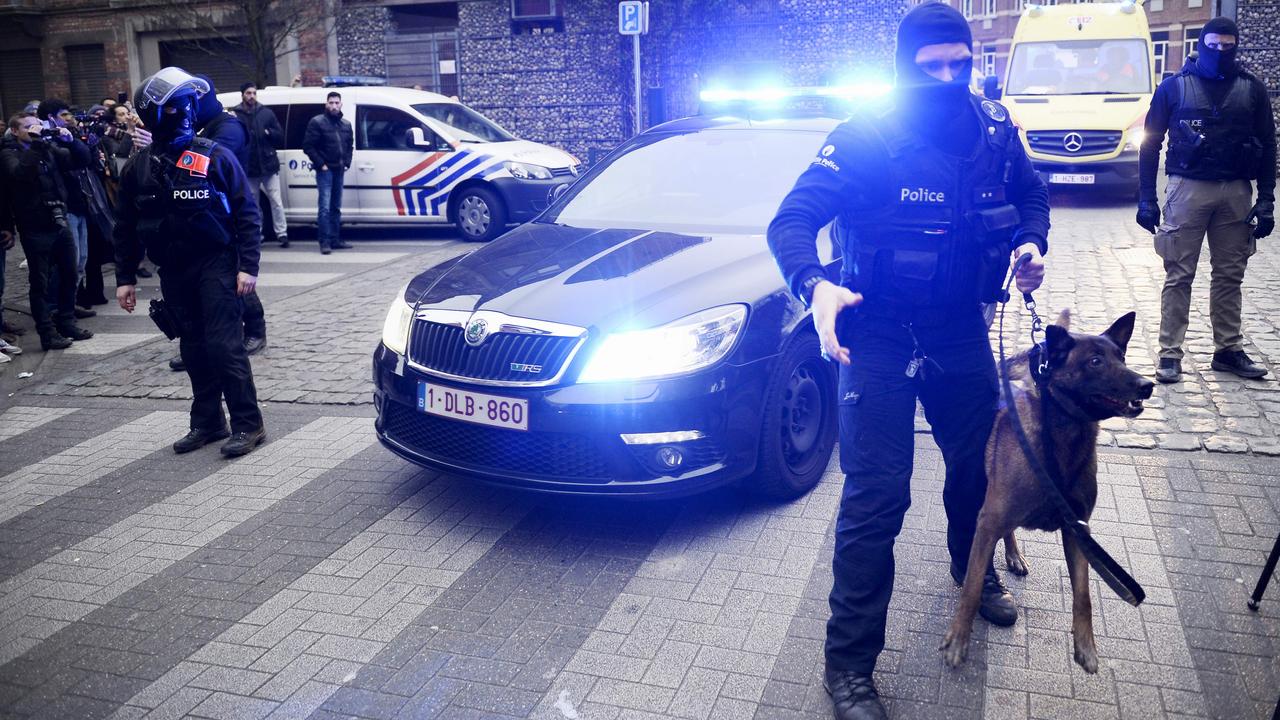
FESTERING SORE
Deeply concerning links between Islamist terrorism and Molenbeek had been emerging in recent years.
In 2014, a French-Algerian extremist murdered four people at the Jewish Museum in Brussels. He had spent time in Molenbeek.
In 2015, a Moroccan man attacked passengers on a high-speed train between France and Belgium.
He had spent time in his sister’s house in Molenbeek.
Molenbeek knew it had a problem. After Paris and Brussels, the whole world knew it too.
“The Afghanistan media came to see,’’ said Ayoud Ben Abdeslam, another young man born and raised in Molenbeek.
He makes a good point. If Afghanistan, a country blighted by decades of war and terrorism, thought Molenbeek was newsworthy, something was not right.
The world’s media descended on Molenbeek, shining bright lights in dark places, and some residents reacted badly.
Rocks and fists were thrown, and TV cameras caught images that showed a suburb in the grips of violent dysfunction, unwelcoming to outsiders.
Ben Abdeslam wondered why so many young men would turn their backs on their community and consider going to Syria to support Islamic State.
He thinks the problem could be linked to many young Muslim men in Molenbeek failing to develop a sense of belonging.
“In the community there are a lot of people who don’t have an identity. They go to Morocco and they are told they’re Belgian, they are not Moroccan. But when they are in Belgium they are told they are Moroccan,’’ he said.
“They overthink it, so it’s easy for people (recruiters) to say to ‘come to a better place’ (Syria).
“It’s easier to go to someone who doesn’t have an identity, they’re easier to manipulate, than someone who has a good life.’’
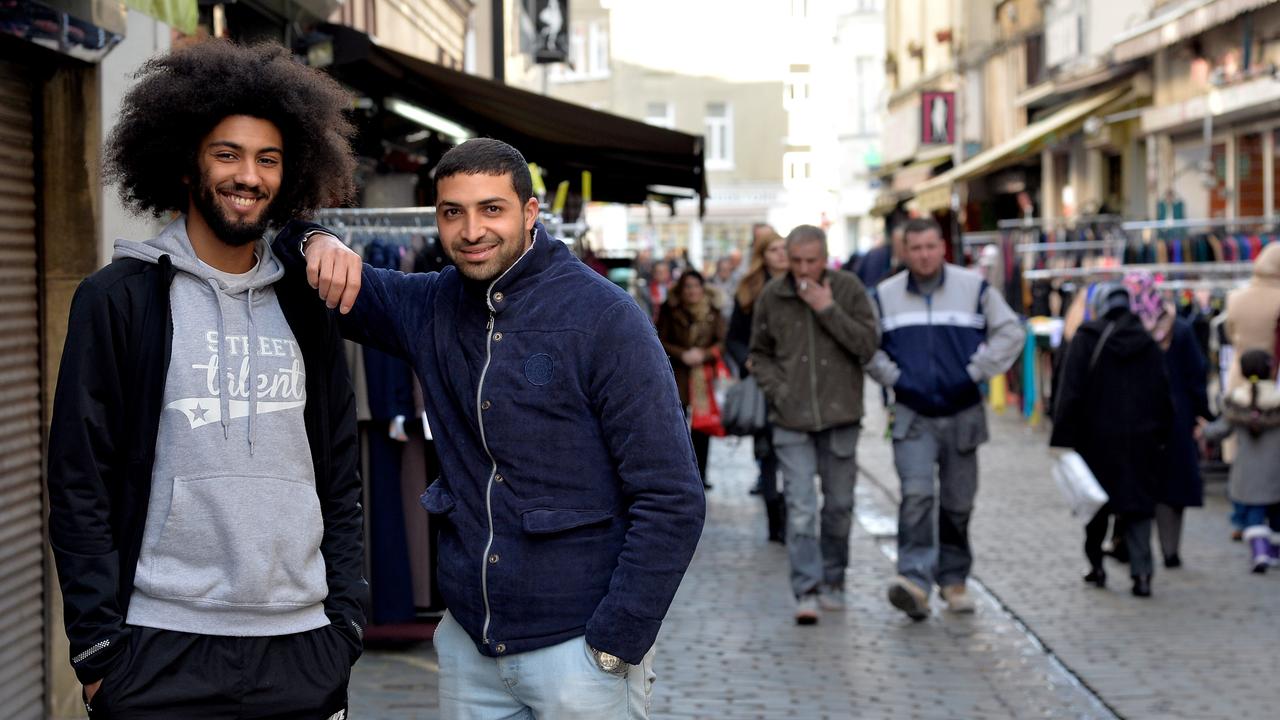
FIGHTING BACK
Liselotte Vanheukelom is a social worker with JES, and moved to Molenbeek with her children and her husband three years ago.
Her children attend the local Catholic school. So do El Miamouni’s children. The school observes all the big religious events — Christmas, Easter and Ramadan.
“I like to live here because it was also linked to the school, it is a good mix and I felt my children should grow up in diversity,’’ Vanheukelom said.
She agrees Molenbeek’s high concentration of Muslim migrants is unusual in Brussels, the self-proclaimed heart of Europe, home of the European Union and NATO.
“If you walk in the streets, sometimes I am the only white female. That is a reality. I sometime observe this,’’ she said.
Vanheukelom said it was unfair and inaccurate to label residents of Molenbeek as terrorists, and said the attacks in Paris and Brussels were devastating to the community.
POISONED ROOTS
There are many theories on why Belgium, and inner-city Molenbeek, are so closely linked to terror attacks.
The International Centre for Counter-Terrorism reported in 2015 that around 4000 European Union citizens had gone to fight with Islamic state in Syria and Iraq.
Of these, between 420 and 516 came from Belgium — despite the country having a population of just 11 million.
“How come if we compare to our neighbours, so many of our youngsters go to Syria?’’ Vanheukelom asks.
“In Rotterdam (which has a large Muslim population), practically no one goes.’’
One theory is Brussels’ links with fundamentalist Islamic teachings, which can be traced back to 1969 when Belgian politicians wanted to do deals with oil-rich Saudi Arabia.
The Saudis were encouraged to build a grand mosque in Brussels, and were allowed to staff it with imported Salafist preachers, who espoused an extreme form of Islam.
Then there’s the fragmented, tangled nature of Belgium’s policing.
The country speaks Flemish and French and has dozens of separate municipal areas, police forces and security agencies.
Brussels alone has six different police forces, answering to 19 different municipal mayors.
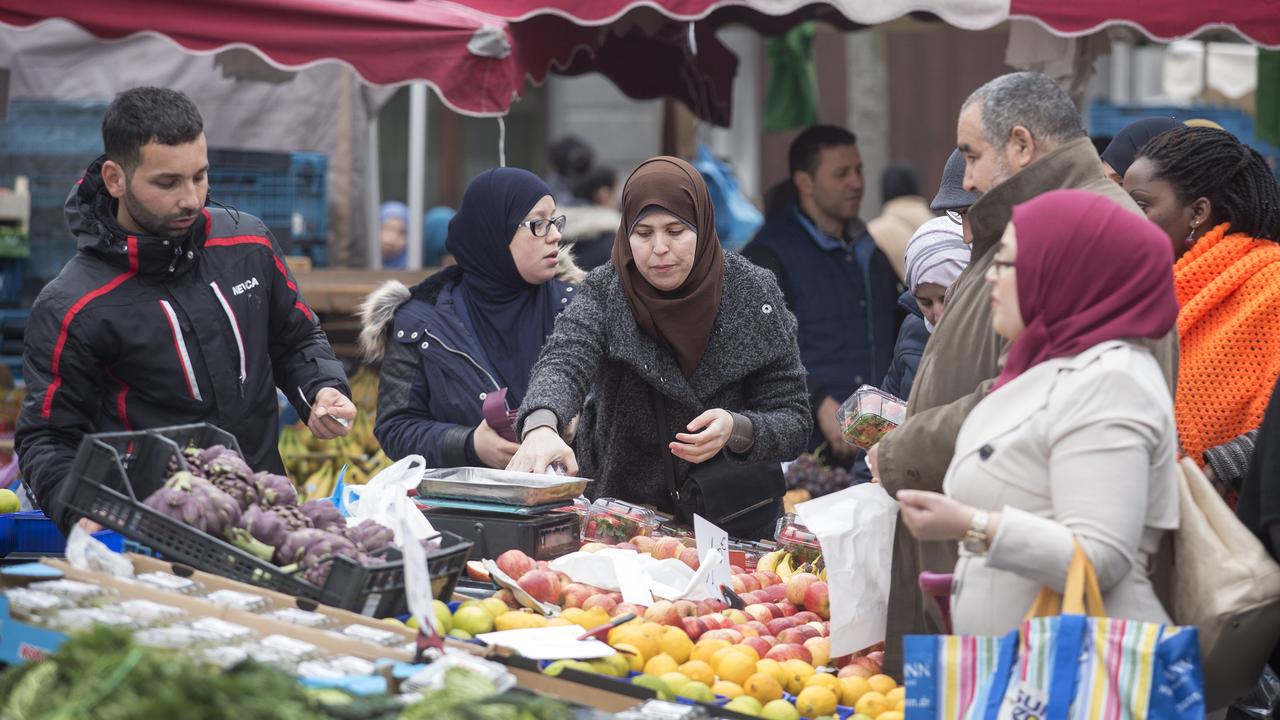
People strolling and shopping in the main square in Molenbeek during market day. Dissafection among the community’s youth remains a ‘ticking bomb’: Picture: Ella Pellegrini
EARLY WARNING
Johan Leman is an emeritus professor at Leuven University outside Brussels, and started working in, and studying, Molenbeek in 1981.
A social and cultural anthropologist, he warned in a TV interview in 1987 that he predicted violence from some of Molenbeek’s estranged Muslim residents.
Leman didn’t identify the rise of Islamic State in 1987.
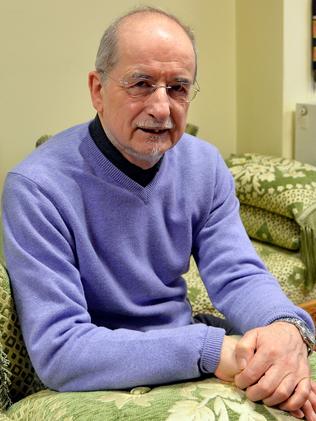
But he did warn that there were growing numbers of young Muslim men who might be drawn to terrorist causes — and their friends and neighbours were unlikely to turn them in.
“If we don’t control this one day we will have a lot of violence,’’ he said back then.
Leman told News Corp what he meant was there was no debate about what sort of leadership should be emerging within Muslim communities, which might direct Islamic teachings.
“It was predictable, we sat on a sleeping bomb,’’ he said.
He said the September 11 attacks in America in 2001 changed the debate, and the evolution of social media saw the establishment of what he calls the “Arab-Islamic imagination.’’
Syria became the place in people’s mind representing an Arab-Islamic idyll.
“It attracted many of the people. Typically those people were non-successful, petty criminals. They saw very well they hadn’t much future here and were presented with something in the new world in Sham (an area in the Middle East based around Syria),’’ he said.
He warns against complacency.
“Still now there are more than 10 recruiters still active in Molenbeek,’’ he said.
“They will not be as successful.’’
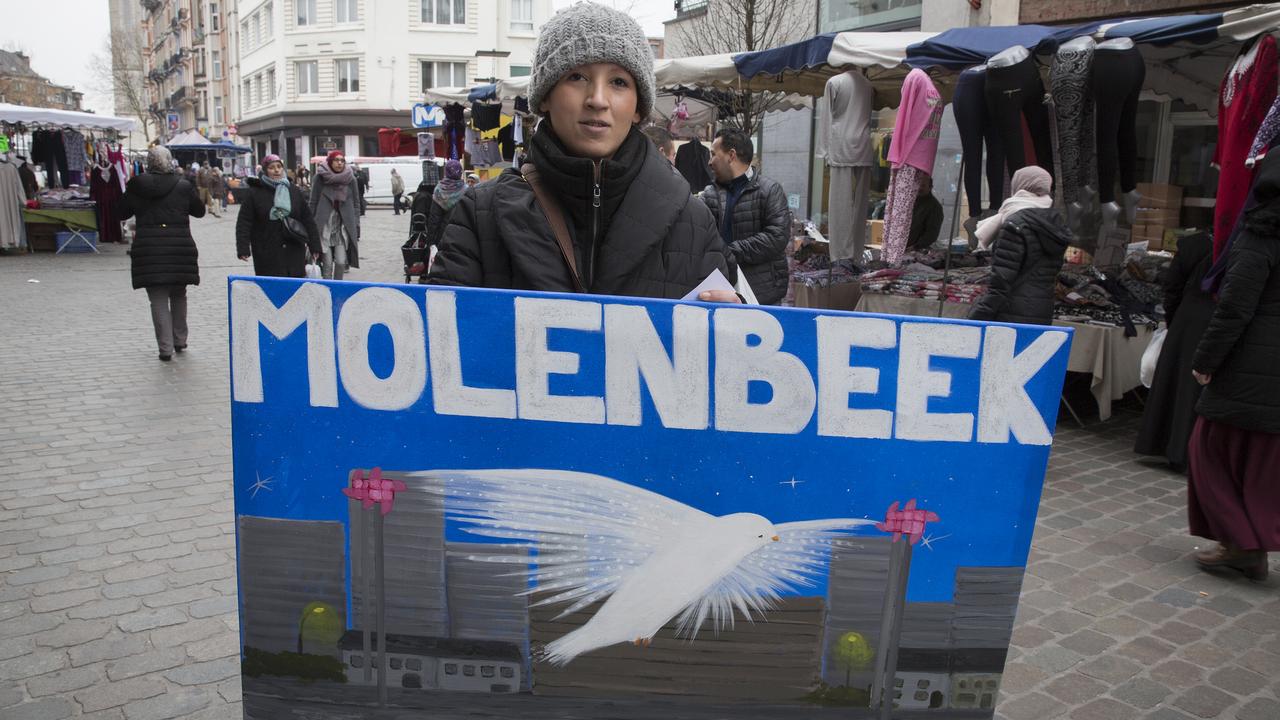

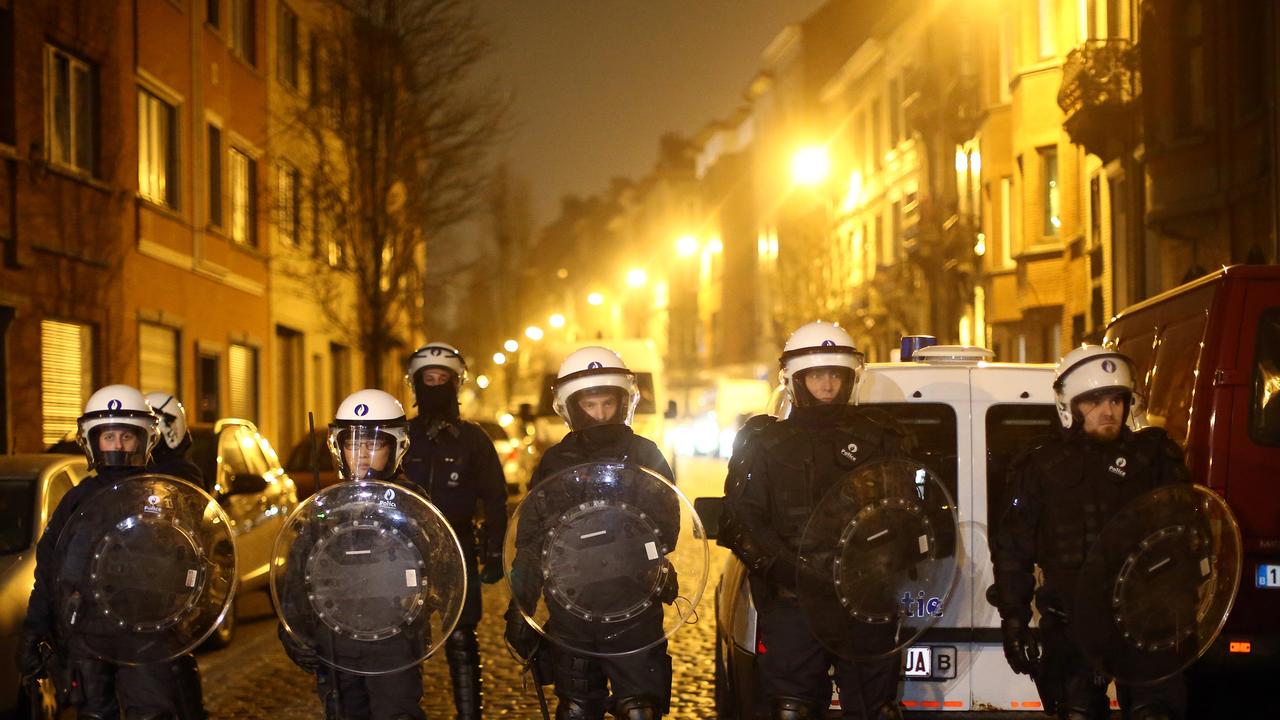
Add your comment to this story
To join the conversation, please log in. Don't have an account? Register
Join the conversation, you are commenting as Logout
Here’s what you can expect with tomorrow’s Parramatta weather
As summer moves towards autumn what can locals expect tomorrow? We have the latest word from the Weather Bureau.
Here’s what you can expect with tomorrow’s Parramatta weather
As summer moves towards autumn what can locals expect tomorrow? We have the latest word from the Weather Bureau.